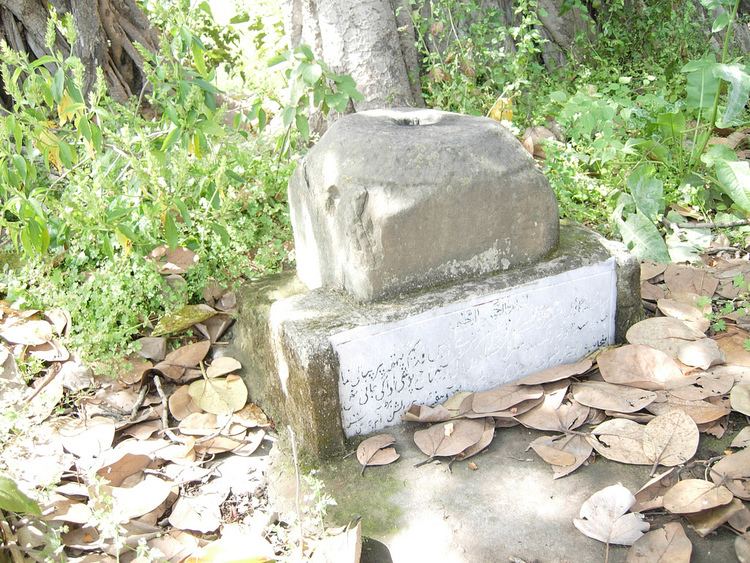 | ||
Raja sehns pal khan 3 of 3
Raja Sehns Pal Khan was the grandson of Raja Mangarpal and he established the City of Sehnsa which is now one of the largest towns in the Pakistan side of Kashmir known as Azad Kashmir (AJK). Raja Sehns Pal, the grandson of Raja Mangar Pal, was the first Mangral to convert to Islam and was given the title Khan meaning ruler. The Mangrals have carried this title since together with the title of Raja.
Contents
Raja sehns pal khan mangral 2 of 3
Background
In the late 15th Century the defense of the North Western borders had been in the hands of the Gakhars, a fierce and warlike tribe of Persian descent and ruler of the Pothohar region since first conquest of the region by allied forces of Mahmood of Gazna. The Potohar plateau was at this time ruled by the Gakhar king Mang Khan Gakhar whose territory included the areas of Chana, Bhaneer and Choomukh (nowadays known as Mirpur) as well as the areas beyond and into the mountains of Kashmir. The descendants of Gakhar King Mang Khan are Known as Mangral as well and should not be mixed with Mangarpal Rajputs.
Around this time Raja Sehns Pal and his companions had established residence in Malot (near to modern day Mirpur) and then at Kobara. They had also established the first Mangral village at Nikka Tranna. On hearing of the arrival of Raja Sehns Pal in the area and because of the famous noble lineage of the Mangrals from the ancient and renowned Chandra Bansi (Lunar God) dynasty of India and because of the reputation in battle of his grandfather Raja Mangar Pal the local Hindu tribes united and rallied around Raja Sehns Pal and swore allegiance to him. It must be noted that tribes such as Awans and Bains were residing in the Kotli area long before the Mangrals came along.
Gaining Control
Raja Sehns Pal fought a battle alongside two legendary historic figures: the Afghan Sultan Shohab Ul-Din Ghauri and his Turkish General Qutb-ud-din Aybak (who went on to become the first Sultan of Delhi) in which they defeated the Gakkhar King Mang Khan Ghakhar. Raja Sehns Pal then gained control over a very large area which became the States of Kotli and Poonch. The first capital (Rajdhani) of the Mangral’s was then established at a place called Saila, the ruins of which remain to this day. In fact the nearby City of Sehnsa which is now one of the largest town’s in Azad Kashmir is named after Raja Sehns Pal Khan its founder.
In honour of his grandfather, Raja Sehns Pal then built a residence on the banks of the river Poonch which he called Kotli Mangrallan (Kotli meaning residence and therefore Kotli Mangrallan meaning the residence of the Mangrals). Raja Sehns Pal embraced Islam under the guidance of the Sufi Saint Hazrat Mastan Wali Shah Ullah which resulted in the entire population of Kotli and Poonch State accepting Islam. In fact this is how Islam first came to these areas. Islam has since thrived and flourished in Kotli to such a degree that Kotli became famous as the “City of Mosques” and the “City of Saints”. Today, there is a higher concentration of mosques in Kotli than almost any other City in the world.
Khan
Raja Sehns Pal was awarded the title “Khan” by Ghauri and the Mangral's have carried this title ever since, together with the title of Raja. The shrine of Hazrat Mastan Wali Shah Ullah still exists in Saila and has been well cared for by the local population.[It is unlikely that the title Khan was being used in the Indian subcontinent. The title of Khan was primarily being used by the Mongols at the time.]
A short time later, in the year 1206 the Gakhars managed to exact revenge on Ghauri when they raided his camp on the banks of the river Jhelum and managed to kill him. However, the rule of the Mangrals in Kotli and Poonch under the leadership of Raja Sehns Pal and his descendants was to continue for over 600 years before the decline of the Mughal Empire saw the brief Emergence of the Sikhs followed by a short period of rule by the Dogra’s.
Raja Sehns Pal Khan had five sons from whom all the Mangral trace their origins. In fact, the names chosen by Raja Sehns Pal for his sons show the closeness he had with the Afghan kings:
- Raja Tatar Khan
- Raja Daan Khan
- Raja Janib Khan
- Raja Murtatab Khan
- Raja Qandahar Khan (died without issue)
Pictures Provided by Raja Nazir Ahmad Khan Mangral Rawalpindi
